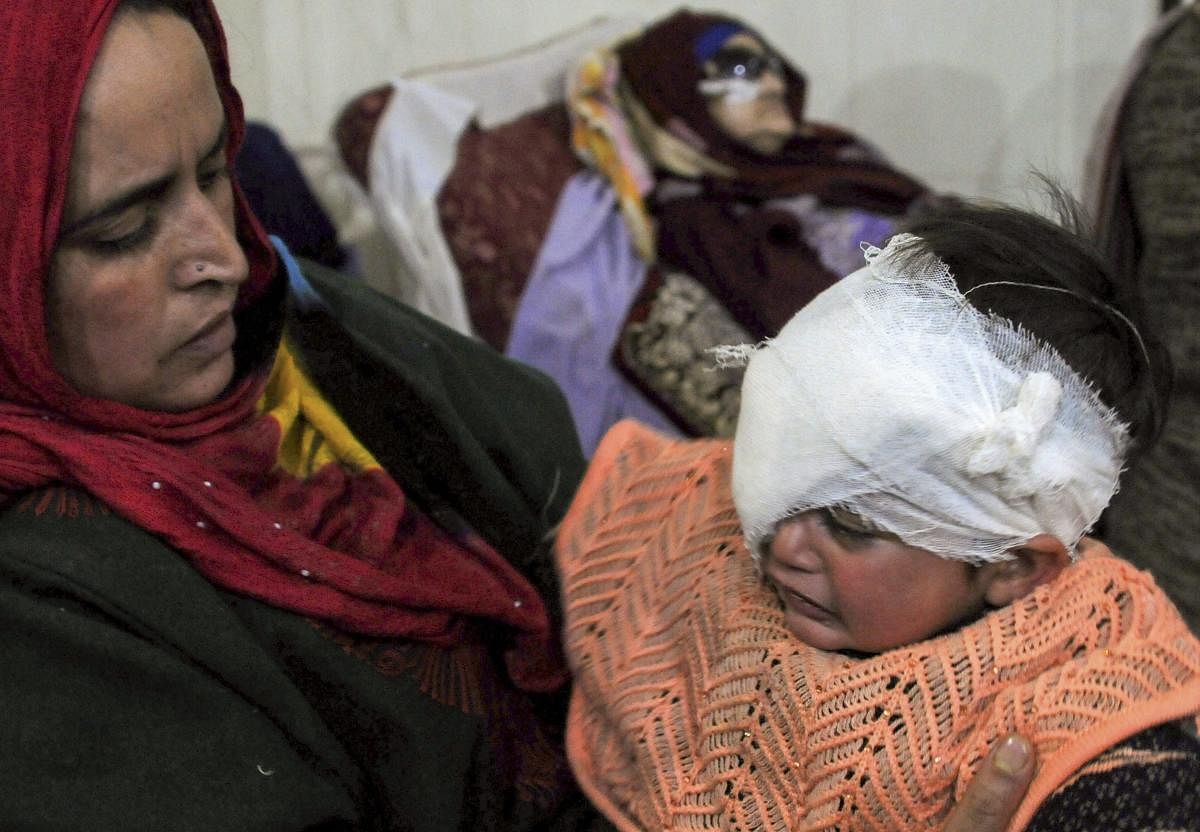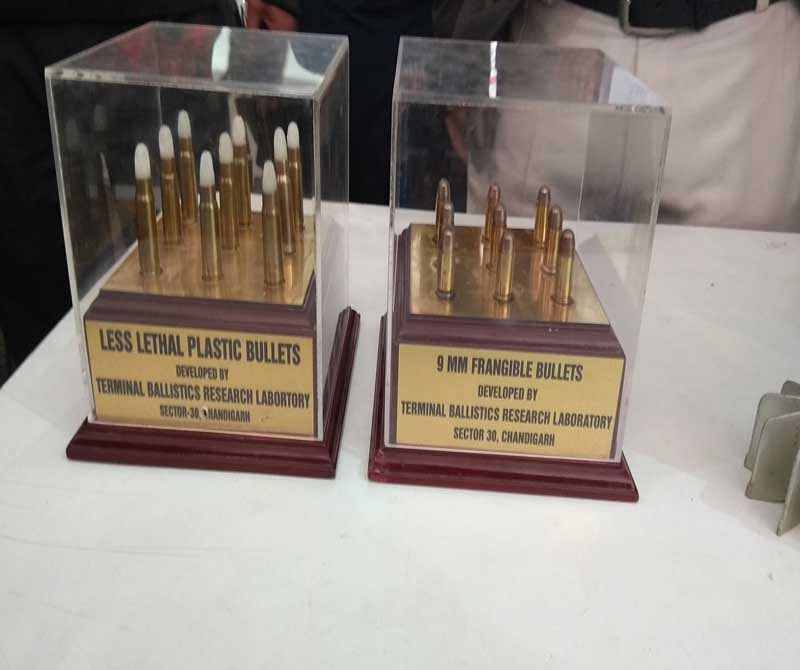
With pellet guns earning notoriety as a crowd control tool in Jammu and Kashmir, India’s top defence research agency has come out with plastic bullets, which is 500 times less harmful even though it led to release of a tiny amount of blood.
“Plastic bullet’s lethality is 500 times less than pellets. It can be used for targeted shooting in a riot situation,” Manjit Singh, director of Terminal Ballistics Research Laboratory, Chandigarh, which developed the ammunition, told DH on the side lines of the 106th session of the Indian Science Congress here.

The laboratory, under the Defence Research and Development Organisation, swung into action after the central government last year reviewed the use of pellet guns to disperse the mob in Jammu and Kashmir.
While pellet guns didn’t kill, it led to thousands of cases of serious injuries including vision loss in the northern state.
In January 2018, then J&K Chief Minister Mehbooba Mufti stated before the assembly that 6,221 people had been injured by pellet guns in Kashmir between July 8 2016 and February 27, 2017. Among the victims, 728 had eye injuries.
Subsequently, the Union Ministry of Home Affairs set up an expert panel to review the use of pellet guns and find out alternatives. “Plastic bullet was one of the alternatives recommended by the panel,” said Singh, who was a member of the review panel.
The bullets with plastic tips can pierce the skin up to 20 mm as a result of which few drops of blood will come out but no other serious harm would be caused to the victim. They can be fired from the same weapon only by changing the magazine and there’s no change in the firing sound.
Also while the pellets get spread over a large area causing more damage to the victims, the pellets can be used for targeted shooting. But on the flip side, only one person can be engaged at a time.
The Chandigarh-based laboratory initially made 1000 bullets that were tested by the Central Reserve Police Force at their training centre in Srinagar.
On finding the bullets’ satisfactory, TBRL subsequently made 100,000 plastic bullets and handed them to the Ordnance Factory Varangaon in Maharashtra for assembling into the cartridge and delivery.
“Nearly 10,000 such bullets have already been supplied to the CRPF. The rest are in progress,” Singh said.
The scientists claimed plastic bullets fit into the new lethality criterion that underwent several changes since the World War-II.
